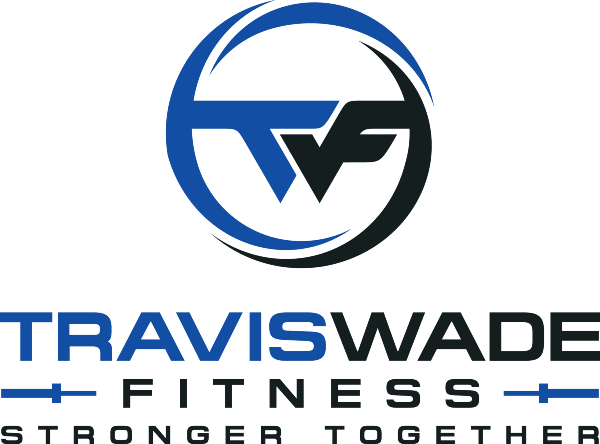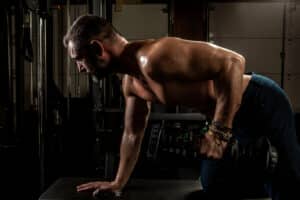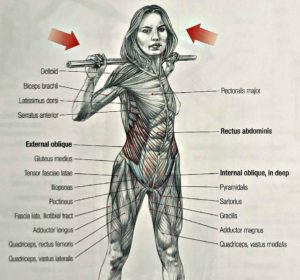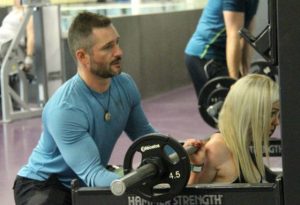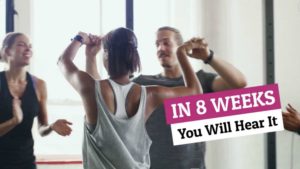Category Archives: Fitness
Edmonton Fitness Classes for Beginners
Edmonton has some of the best fitness centers around. Check out these top 5 places [...]
The 10 Best Core Exercises – Core Strengthening Exercises
A huge problem I have seen with people that do sit-ups is the very last [...]
Corrective Exercise Explainer Video – Corrective Exercise
These are the most common physical issues people have and the corrective exercise used to [...]
Home Workout Program – No Equipment Home Workout Program
1. Warm Up Mobilizers 2. Deadbug 3. Wipers With Pillow 4. Hip Opener 5. Front [...]
